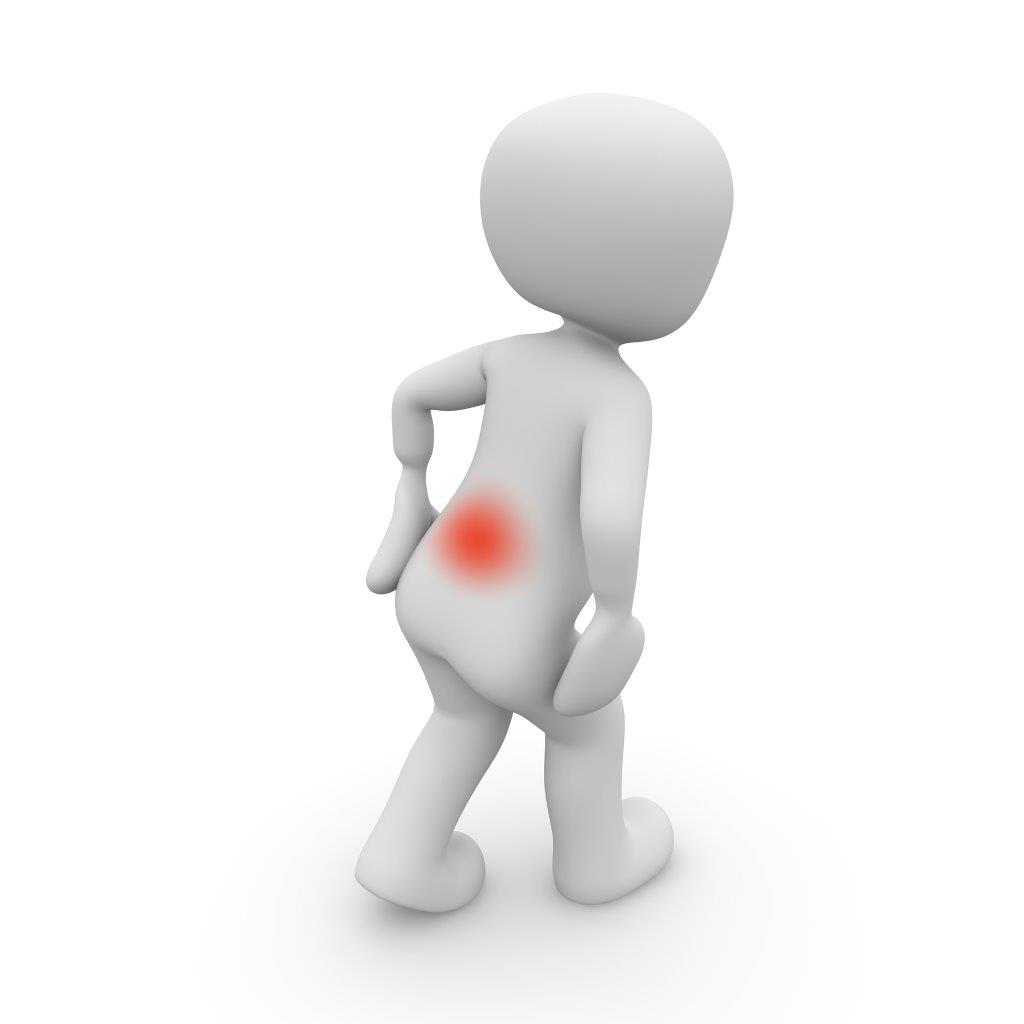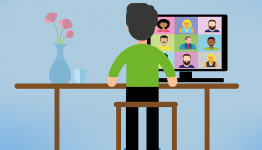27 September, 2016

Back and neck pain affect many people and, due to increased use of technology and lifestyle factors, are on the rise. This is a two part article, based on the work of the lovely Rachael Sheat from Victoria Pain Specialists. The original article is targeted at health care practitioners, so we’ve made some adjustments (with Rachael’s permission) to make it relevant to you. If you are a health care practitioner, you can read the original here.
Ok, let’s get into it. The first part of the article identifies some of the major causes of back and neck pain. The second part will outline some things you can easily implement in your daily life to begin to ease it.
There’s a concerning prevalence of back related problems in today’s society. The Australian Bureau of Statistics, National Health Survey (2011-12) found that three million Australians suffered from back related problems.
Chances are, you or someone close to you experience back and neck pain, either intermittently or on a daily basis. There are many reasons this might be happening. Below are some of the major contributors to back and neck pain:
Technology
The sole reason this article has eventuated may be one of the reasons why back pain is not getting better…technology. It’s all around us and it’s not always good for us.
A good ergonomic work setup is paramount to achieving postural endurance. Sit-stand work stations are becoming more and more accepted in the work place, and postural variation is encouraged to have time away from screens and get bodies moving regularly. Kneeling chairs are also growing in acceptance.
Smart phones
Smart phones in both personal and professional environments have changed the way people communicate. The portability of technology often does not support good ergonomic use, especially related to neck related spinal pain.
Although the evidence is limited as to how smart phones can detrimentally affect us, we are learning more every day. The musculoskeletal disorders related to smartphone use include muscle fatigue and loading of the neck and shoulder muscles, both caused by repeated motions of hands, wrists, and arms. As a result, pain, stiffness, and quivers in the neck, shoulders, and arms may appear.
Pain and fatigue worsened with longer smartphone use. Correct posture and breaks of at least 20 minutes are recommended when using smartphones.
Sedentary lifestyle and poor diet
We are all not moving our bodies enough and overweight/obesity statistics in Australia are a serious concern.
Findings indicate carrying extra weight increases the risk of low back pain. A nutritional diet to support busy lives is an important consideration in the management of back pain, especially when long-term activity is limited by persistent pain and an individual’s every day function.
An ageing population
This must be considered as one of the main reasons why chronic back and neck related problems are not going away. Our bodies are ageing and when that is combined with low levels of physical activity and other poor lifestyle choices, our bodies will get older before their time.
Some suggestions for general health management include:
- Healthy eating
- Physical activity
- Saving energy
- Strength training
- Tai Chi
- Water exercise
Lifestyle & pacing
Access to immediate information online has contributed to a faster-paced environment for many individuals and families. We have forgotten how to slow down or to stop!
Taking time out to be in the present moment is vital to wellbeing.
Practice mindfulness and prioritising ‘the self’ will lead to greater awareness of presenting problems and even guide one in how to engage in pacing activities.
Take a few minutes to be mindful, right now! Yes, right now!
Just sit for 2 minutes and become aware of a few of the following things and focus on each of them for 30 seconds. You’re focusing on your senses:
• What are you thinking?
• What are you feeing?
• What can you hear?
You are now being present and mindful.
Here are 4 short mindfulness practices.
Sleep
Resting your body is vital. You should be spending between 6-8 hours a night resting and regenerating your mind and body. A supportive pillow and mattress should be considered for individuals with back related spinal pain.
Consider a contoured pillow made of latex or memory foam. Back sleepers should use a low profile pillow. Side sleepers should use a medium to high profile pillow. Check out Dohrmann Consulting’s tips on how to choose the right pillow here.
The second part of this article will cover five things you can do to start to ease back and neck pain. Keep an eye out for it!








